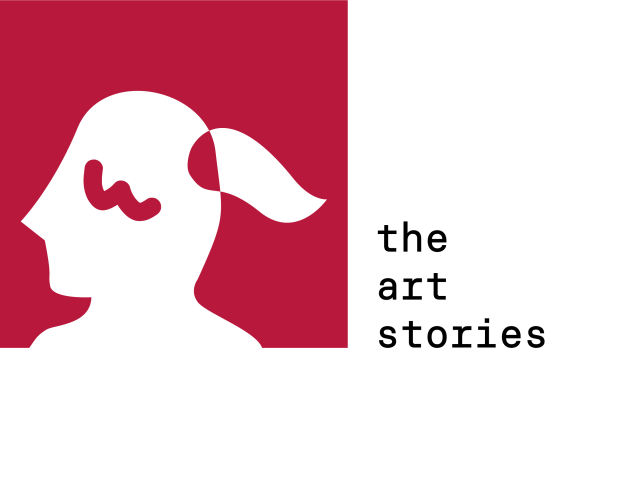Art has been taking up a lot of space in my life in the past few years. Photography still remains one of my biggest passions but I’ve been looking into painting and other forms of art as well. Reading about art can be incredibly fulfilling and it can definitely push your thinking in ways that you can’t imagine. I spent some time this summer reading about art and focusing on specific paintings or other mediums. It wasn’t just seeing that every artist had a completely different take on identity issues that had me hooked on writing about the sudject. It was mainly the fact that I saw that artists have been addressing collective identity issues, stereotypes and our own perceptions on the identity of others. And their work has played a major role in fighting against collective racism and sexism.
Portraits are a format a lot of artists chose to work with when they want to address personal identity issues. The piece of art that I associated with the most was Frida Kahlo’s Self-Portrait with Chopped Hair. In this piece, Kahlo presents herself with chopped hair to depict her break-up with her husband Diego Rivera, while wearing a suit that reminds us some of his. It is evident that even though Kahlo was in the midst of a personal crisis, chopping her hair, which appears to litter the floor in the painting, was a radical act of self-expression and reinvention that symbolizes her new-found power and independence. Given my interest in photography, I couldn’t help but admire Rineke Dijkstra’s portrait of Almerisa Sehric[1]. For her Almerisa series, Dijkstra photographed her every two years, capturing her coming-of-age from residing at an asylum center in Bosnia to living a stable life in Poland. The evolution of Almerisa as a person is depicted in the photographs and her situation can be easily understood by looking at the chairs she is sitting on for each of the portraits. From a plastic chair to a wooden one, from uncertainty to stability, the series depicts the blossoming of a young girl into a strong woman. These works of art are an ode to the feminine power and resilience, qualities that females undeniably possess.
[1] https://www.moma.org/collection/works/series/133844?locale=zh&page=1&direction=
The second, and undeniably, most shocking revelation from me was the one coming from artists that questioned our collective assumptions about identity, especially the ones regarding African-Americans and slavery. Glenn Ligon’s lithographs in Runaways[1], combine his friends’ descriptions of him with the layout of runaway portraits from the 17th to 19th century to convey the long-time stereotyping and social prejudice that comes hand in hand with the treatment that black civilians receive from the peace-keeping authorities. The same prejudice and racial injustice run as themes through Ellen Gallagher’s Deluxe[2] and Bruce Nauman’s Art Makeup. More specifically, Ellen Gallagher’s Deluxe presents the beauty standards that were pushed towards the African-American population aiming to alter their image, such as wigs and skin-bleaching creams. Her argument aims to bring the public to the humbling conclusion that no matter how much we might try to change our appearances, we can never deceive our origins, which naturally play a big part in every person’s identity. Last but certainly not least, Bruce Nauman produced a similar commentary on the relation between skin color and social identity in his video titled Art Make-Up: no. 1 White, No. 2 Pink, No. 3 Green, No. 4 Black, where he smears his body with four different colors of paint. It is clear that we can’t reconcile these issues through art only, but each individual work highlights a different aspect of a deeply rooted social problem.
Contemporary Art can be a solitary experience for the artists given that it expresses our individual worries. However, it can simultaneously serve as a social commentary and a form of activism. Art can be an incredible tool that connects us and creates pathways through which we can reconcile all these issues. If you let yourself free and look close enough to each and every work of art without focusing on title and artist, you will realize that a lot of the time the question that is posed is usually universal and can speak to almost each and every one of us. It’s only when we start trying to get out of our own skin and into the artist’s that we can see ourselves in it. And that can be both therapeutic and incredibly inspiring.
[1] https://www.moma.org/collection/works/series/133844?locale=zh&page=1&direction=
[2] https://www.metmuseum.org/art/collection/search/490240
[3] https://www.tate.org.uk/art/artworks/gallagher-deluxe-t12301

